Amazing Structures From Past Civilizations That Are Still Standing
It’s incredible to think of all the people who lived on this planet before us and what their lives were like. While they might be gone, they left behind the buildings and other structures they created for us to marvel at.
Since winners of wars tended to destroy the artifacts of their enemies, it’s amazing some of these still exist at all. These are some of the most incredible structures built by past civilizations that are still standing today.
The Segovia Aqueduct Is One Of The Best Remnants Of The Roman Empire
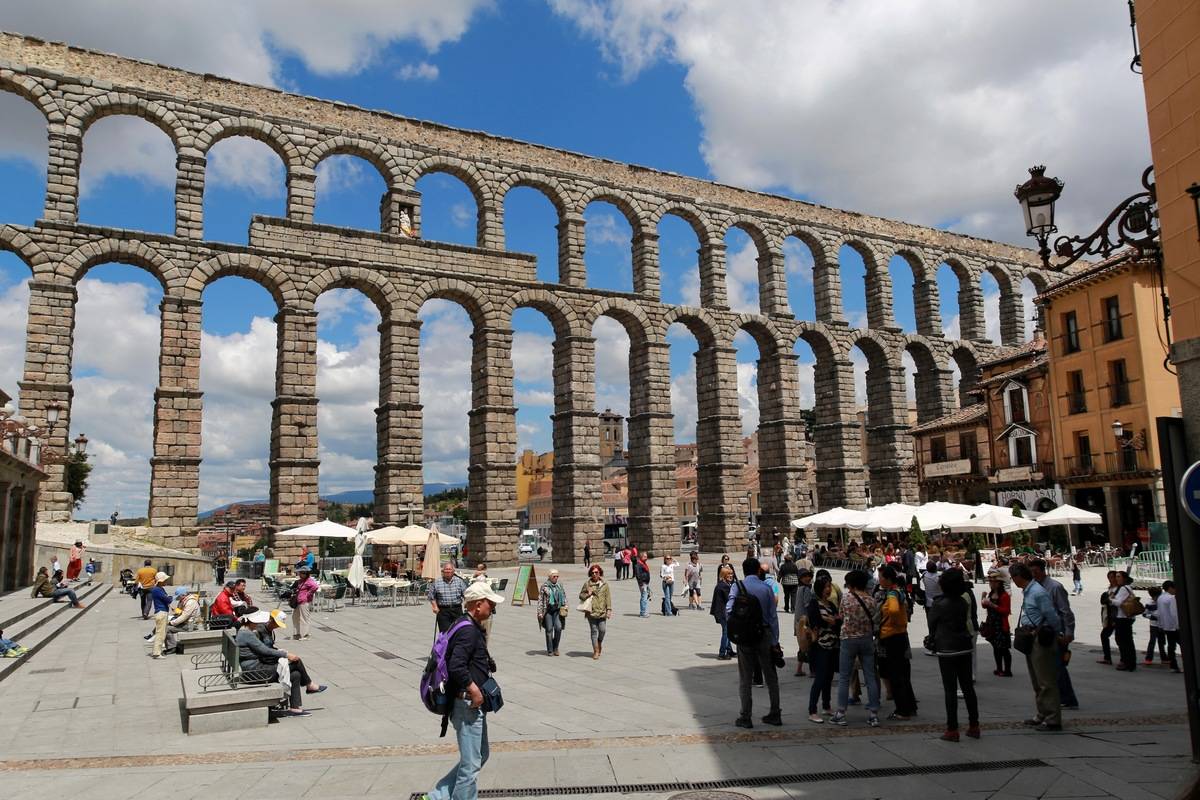
This aqueduct, located in Segovia, Spain, was built sometime in the first two centuries CE. The Romans built the aqueduct to bring water into the city from the Rio Frio river 15 miles away.
They Were Fancy About Graves In The Neolithic Era
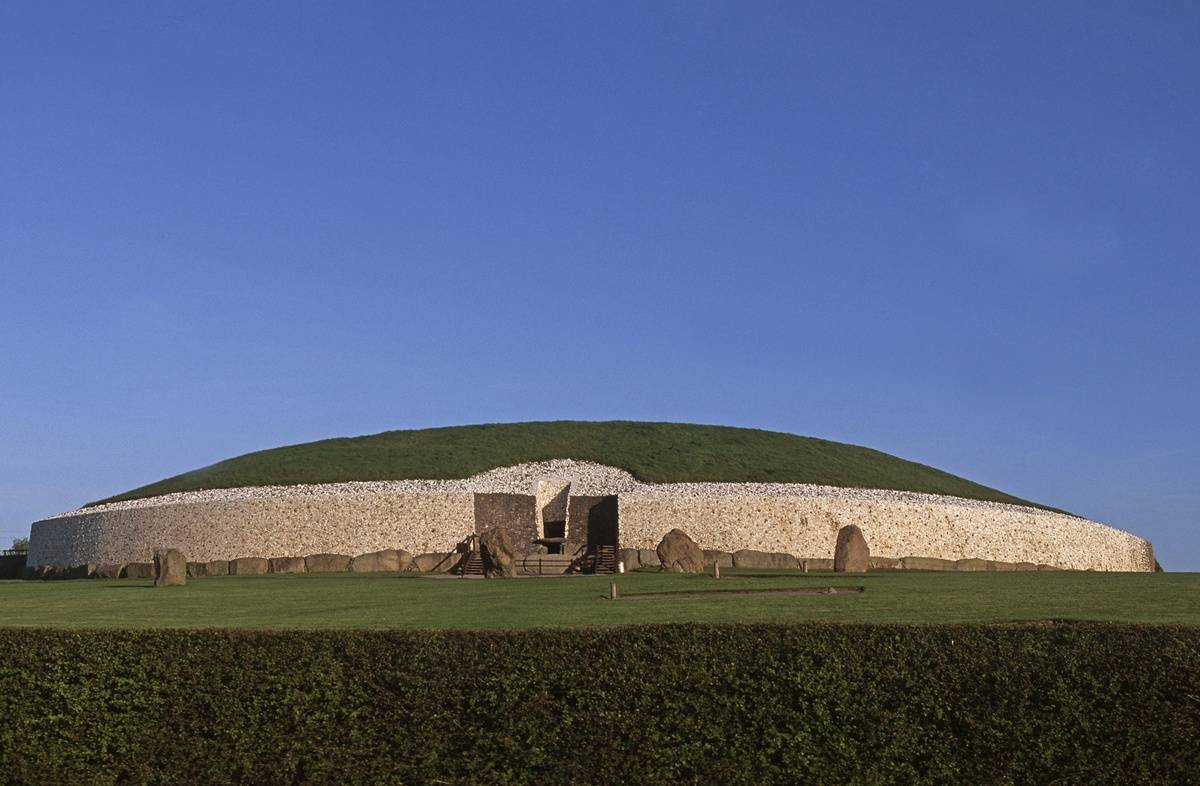
This is Newgrange, a passage grave structure located in rural Ireland dating back to about 3200 BCE. Apart from a burial space, there is a lot of speculation about the purpose of the building; interestingly, the entrance perfectly lines up with the rising sun on the winter solstice.
The Egyptians Knew How To Build With Flair

The pyramids of Giza are some of the most impressive structures from the ancient world, having been built sometime close to 2500 BCE. While there’s been a lot of speculation about how they were built, there’s no denying the Egyptians’ formidable architecture.
The Roman Colosseum Is The Most Famous Relic Of The Roman Empire
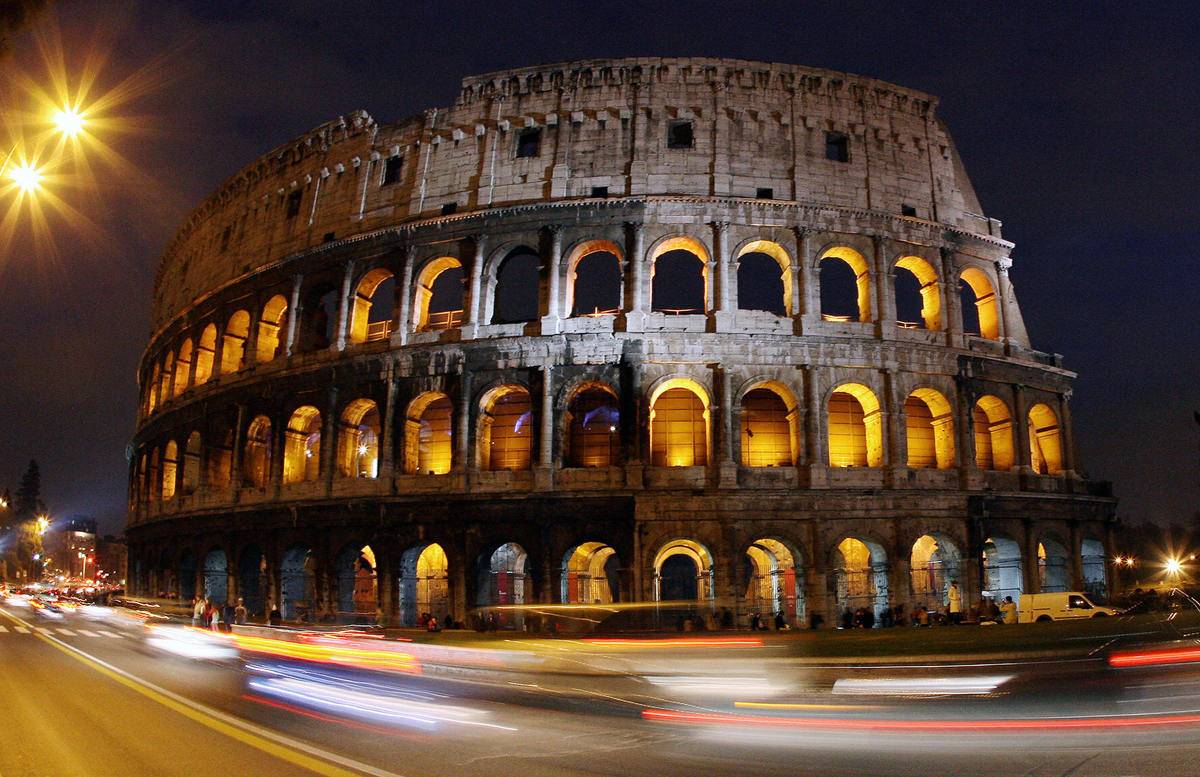
The Romans really knew how to leave their mark architecturally. Built close to the year 80 CE, the enormous arena was built for audiences to gather and watch gruesome gladiator fights for entertainment.
The Persepolis Gate Of Nations Still Stands In Iran
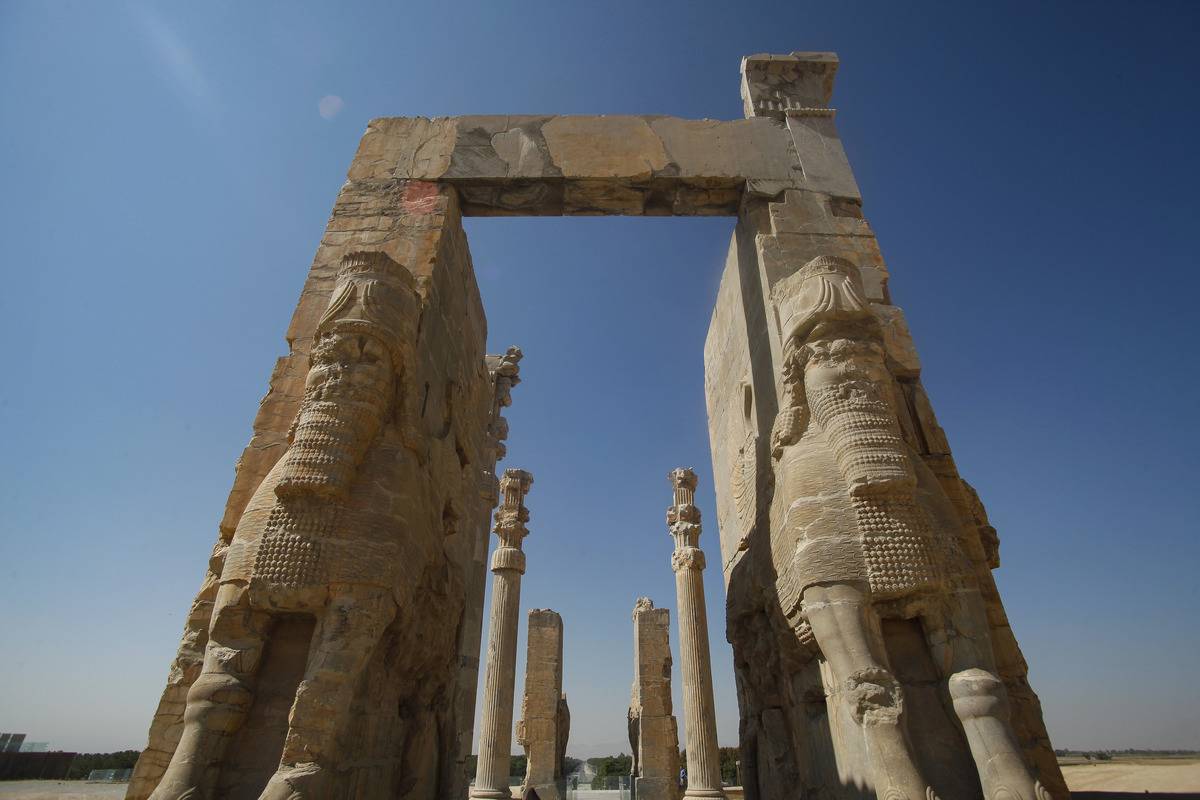
Ancient Persepolis was the capital of the Achaemenid Empire from 550–330 BCE in current-day Iran. The Persepolis Gate of Nations is a little of what still stands after the city was destroyed by Alexander the Great.
The Remains Of The Van Fortress Citadel
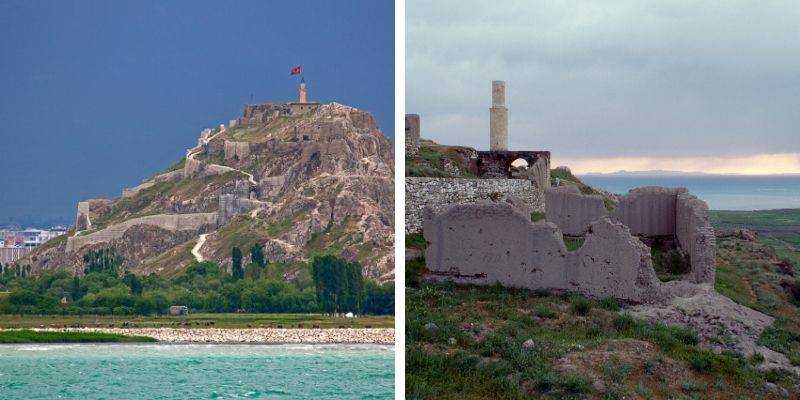
Van Fortress, located in Eastern Turkey, is a massive stone fortification built by the Ancient Kingdom of Urartu sometime between 800–600 BCE. Many fortresses like this were built on Hills in the Urartu Kingdom to help maintain regional control.
The Mayans Were Also Big Fans Of The Pyramid Structure
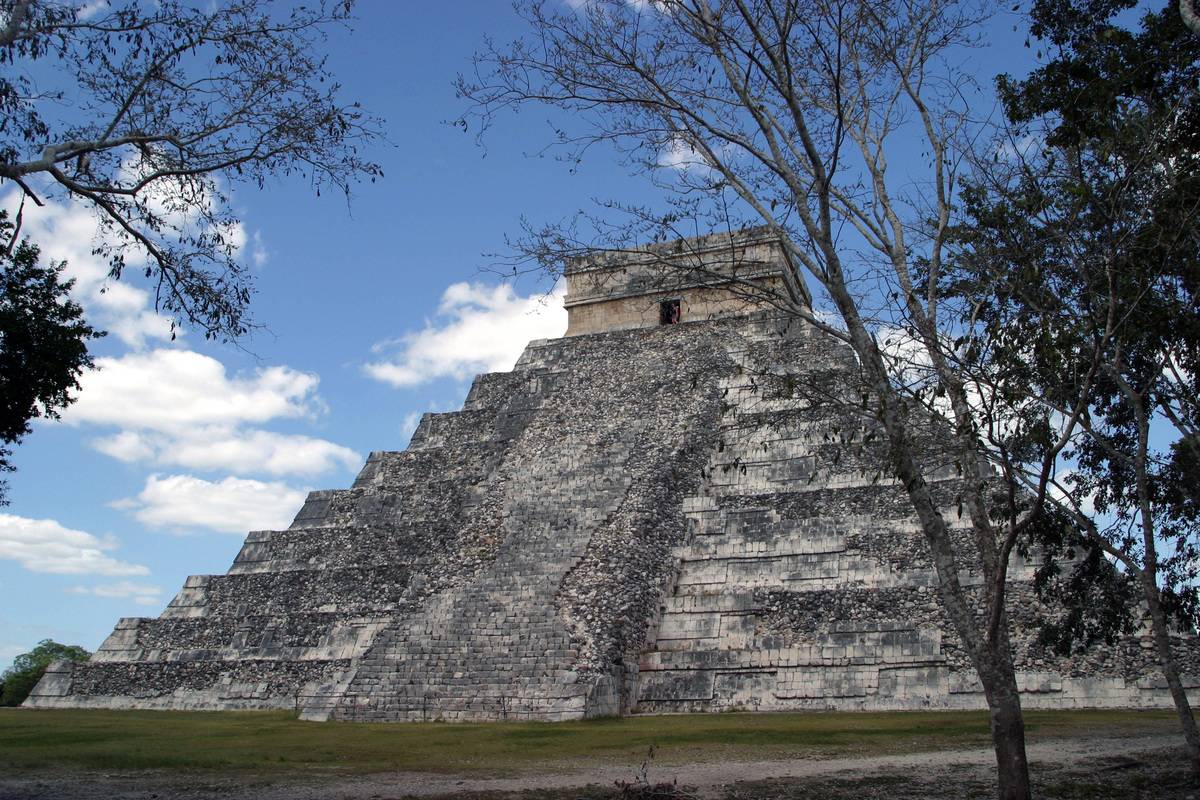
El Castillo is the pyramid built in 600 AD at the remains of Chichen Itza, a Mayan city from pre-Colombian times that is now in Yucatan, Mexico. Interestingly, each side has 91 steps plus one additional step at the top of the platform, adding up to 365—the number of days in a year.
This Neolithic Piece Of Architecture From 3500 BCE
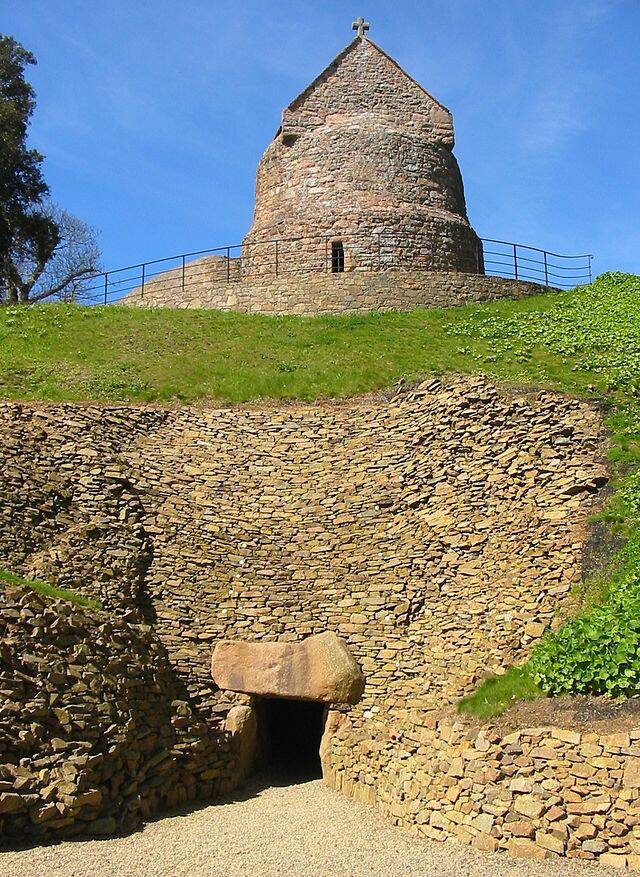
This neolithic building, La Hougue Bie, is located on Jersey, the largest island in the English Channel. The site consists of a 61-foot-long passage chamber covered by a 40-foot-high earth mound and was used for burial rituals.
The Greeks Really Did Love Their Columns
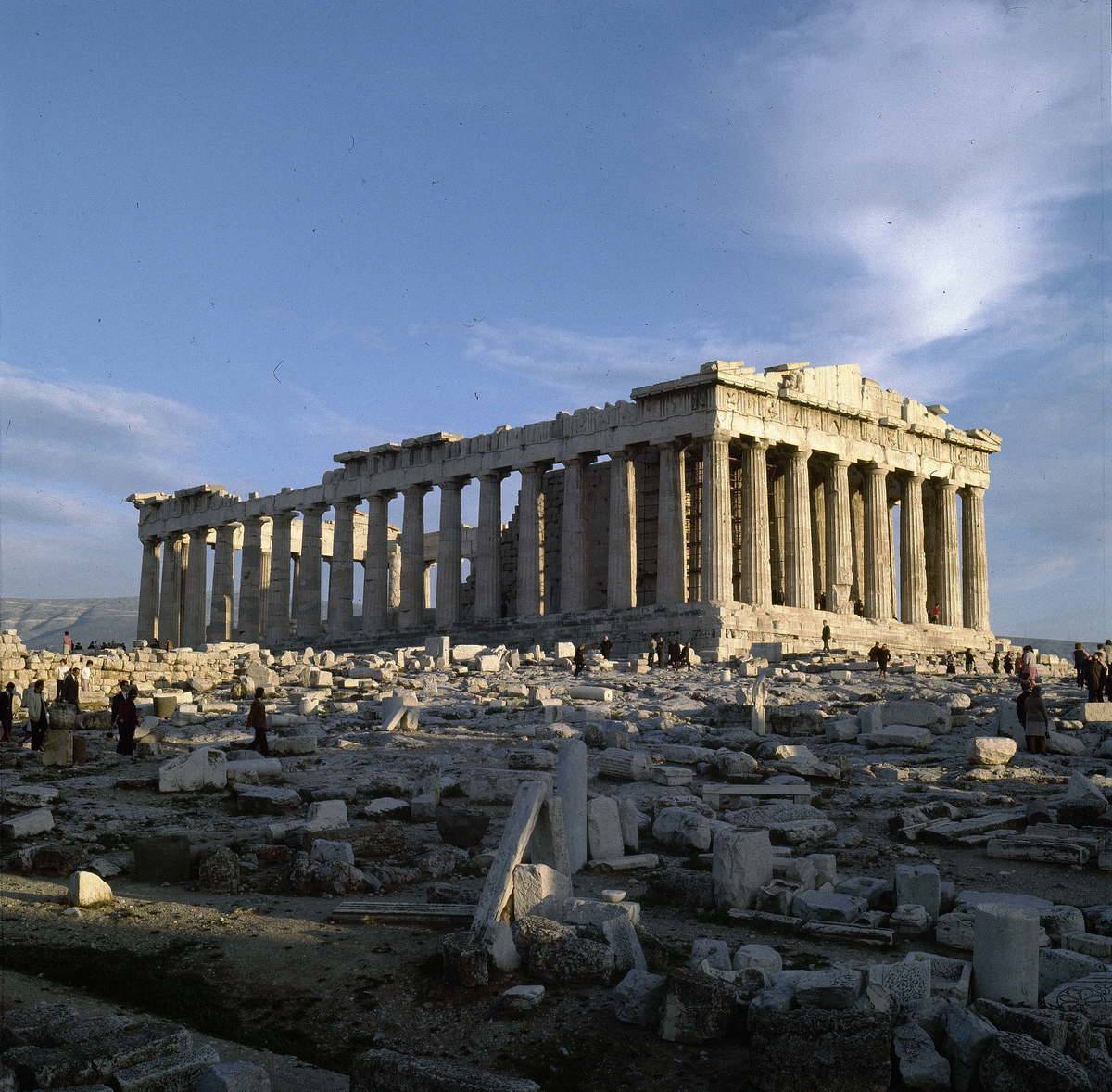
Considered one of the greatest architectural feats of the ancient world, the Parthenon was built in Athens, Greece, one of the oldest cities in the world, from 447–438 BCE as a temple to their patron goddess, Athena.
These Stones Are About 13 Feet Tall
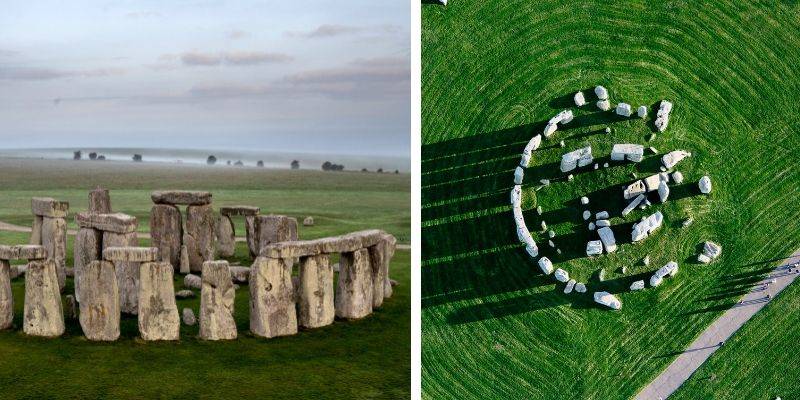
Believed to be constructed close to 3000 BCE, this structure stands in Wiltshire, England. The complex structure and large stones have puzzled historians for centuries as they try to figure out how it could have been constructed without modern machinery.
Anything That Can Be Seen From Space Deserves To Make This List
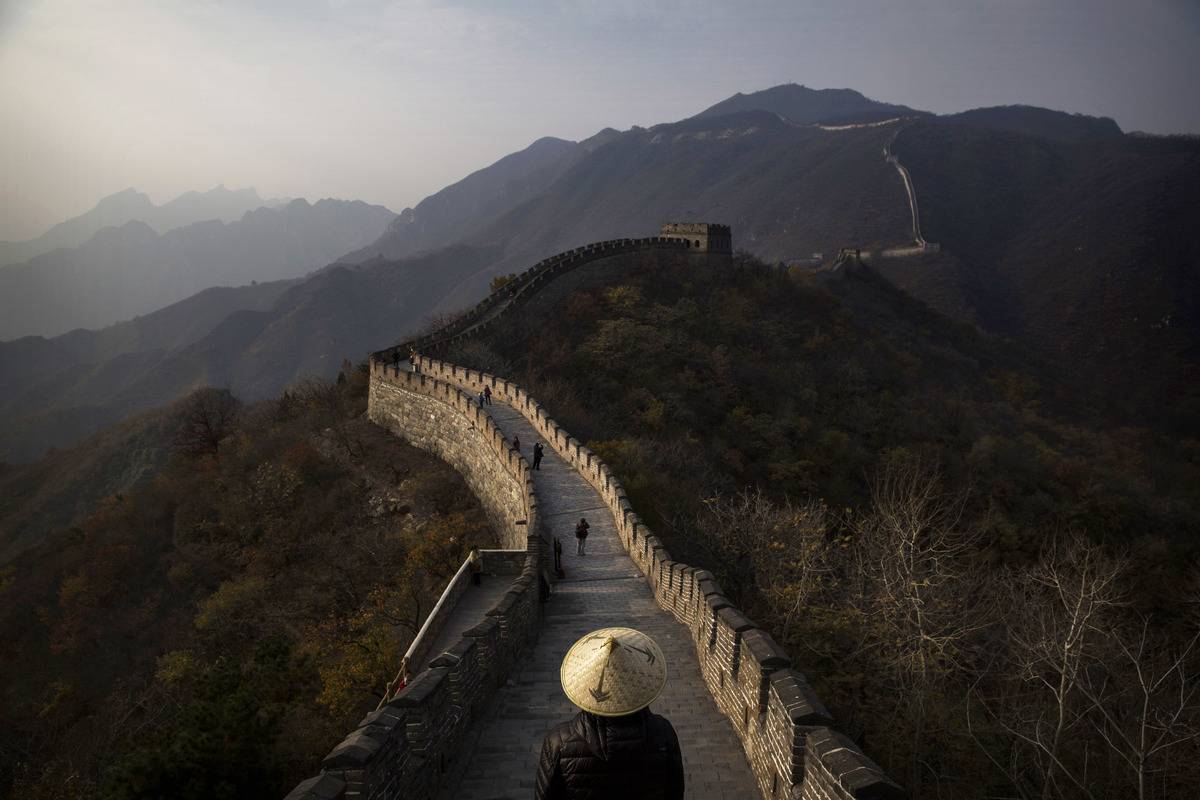
The Great Wall of China is a series of fortification systems across China’s northern border with building starting as early as 6th century BCE and extending until the 17th century CE. The impressive wall stretches over 13,171 miles!
This Temple Was Built In The 1400s

This temple is located in the ancient city of Vijayanagara which was the center of the Vijayanagara Empire. The empire, which covered southern India, lasted from 1336–1565, and many of the temples and other buildings still remain.
It’s One Of The Oldest Stone Structures In India

Sanchi Stupa is a Buddhist complex that was originally commissioned to be built by Emperor Ashoka of The Mauryan Dynasty in the 3rd century BCE. It was built to house important Buddhist relics.
This Is One Of The Earliest Structures Still Standing In The Americas

Cerro Sechin is located in the Casma province of Peru. The structure dates back to 1600 BCE and is believed to have been the capital of an entire culture. The stones are carved with intricate designs depicting human sacrifices.
This Is The Second Oldest Bridge Still In Use
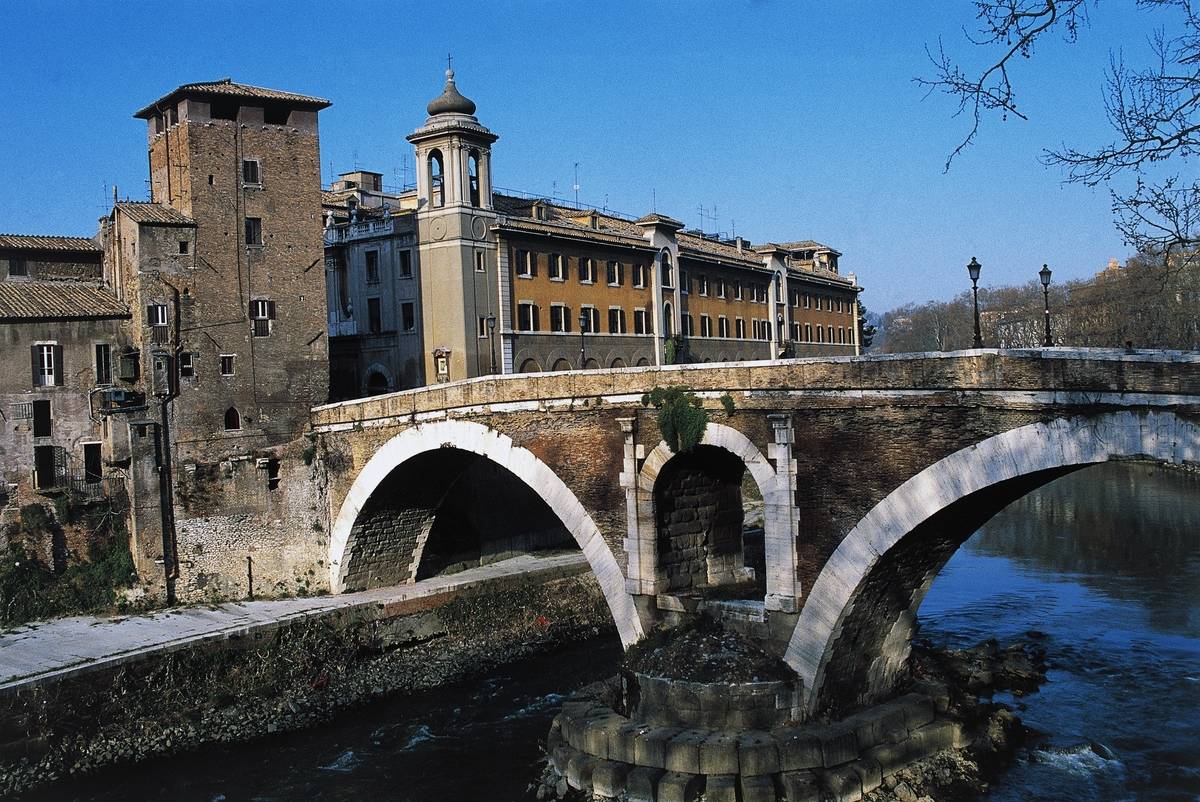
Built in 62 BCE, the Pons Fabricius is the oldest bridge in Rome that people still use. It spans 203 feet over half of the Tiber river to Tiber Island, and it is 18 feet wide to make commuting easy for citizens.
The Kailasa Temple Was Carved Into A Cliff
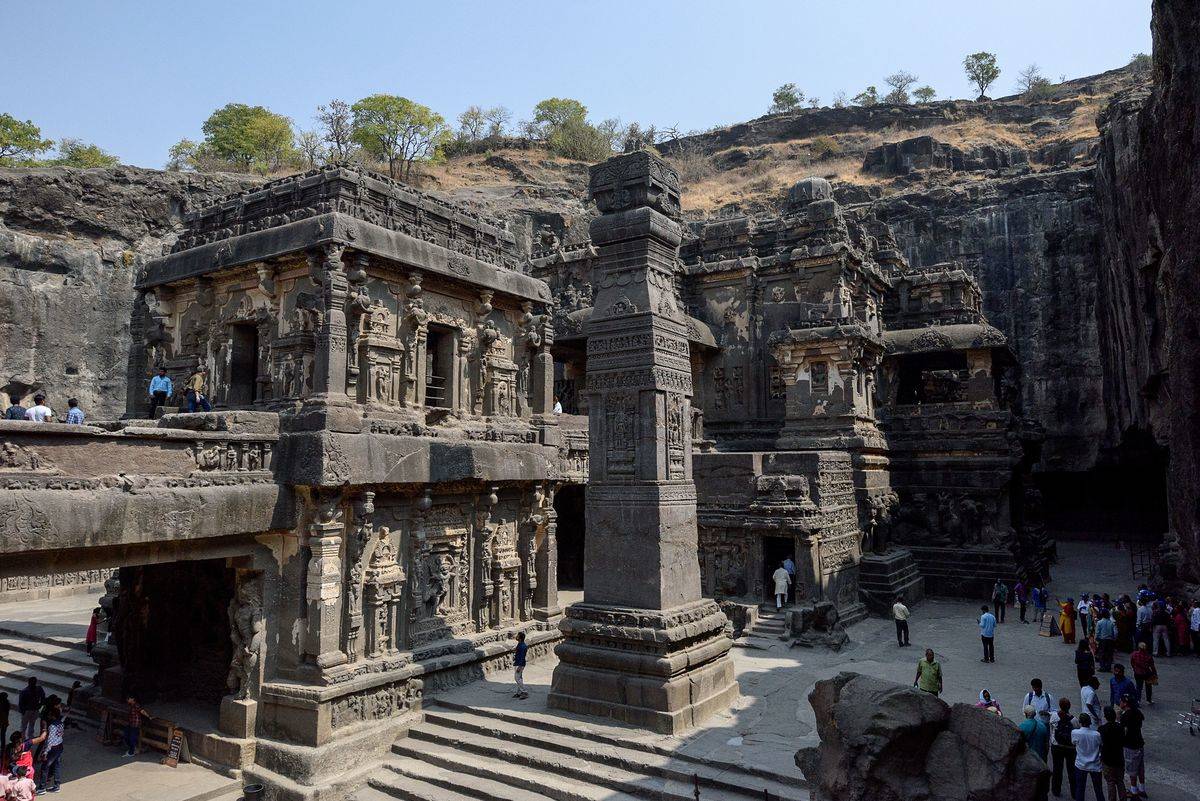
The Kailasa Temple, located in Ellora, India, was cut straight into the rocks of the Ellora caves sometime between 756–773 CE, and it’s considered one of the most remarkable cave temples in the world because of its size, architecture, and sculptural treatment.
A Building From Ancient Mesopotamia
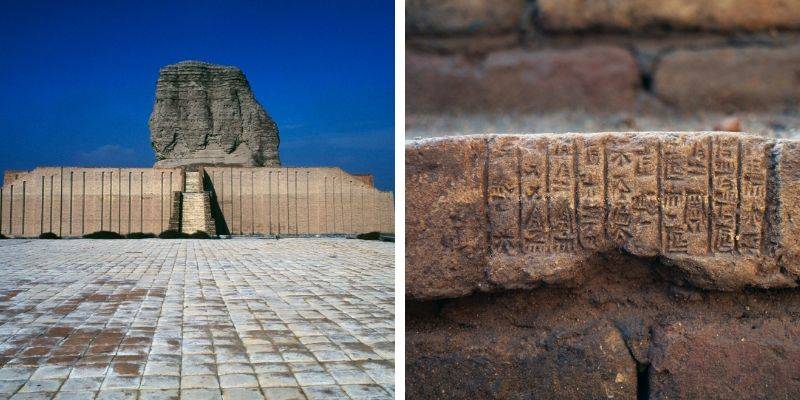
Dur-Kurigalzu was a city in southern Mesopotamia (modern-day Iraq), founded by Kurigalzu I, the king of Babylon sometime around 1300 BCE. This structure is called a ziggurat, which was used to support a shrine, and it stands 172 feet tall.
The Tarxien Temples Of Malta
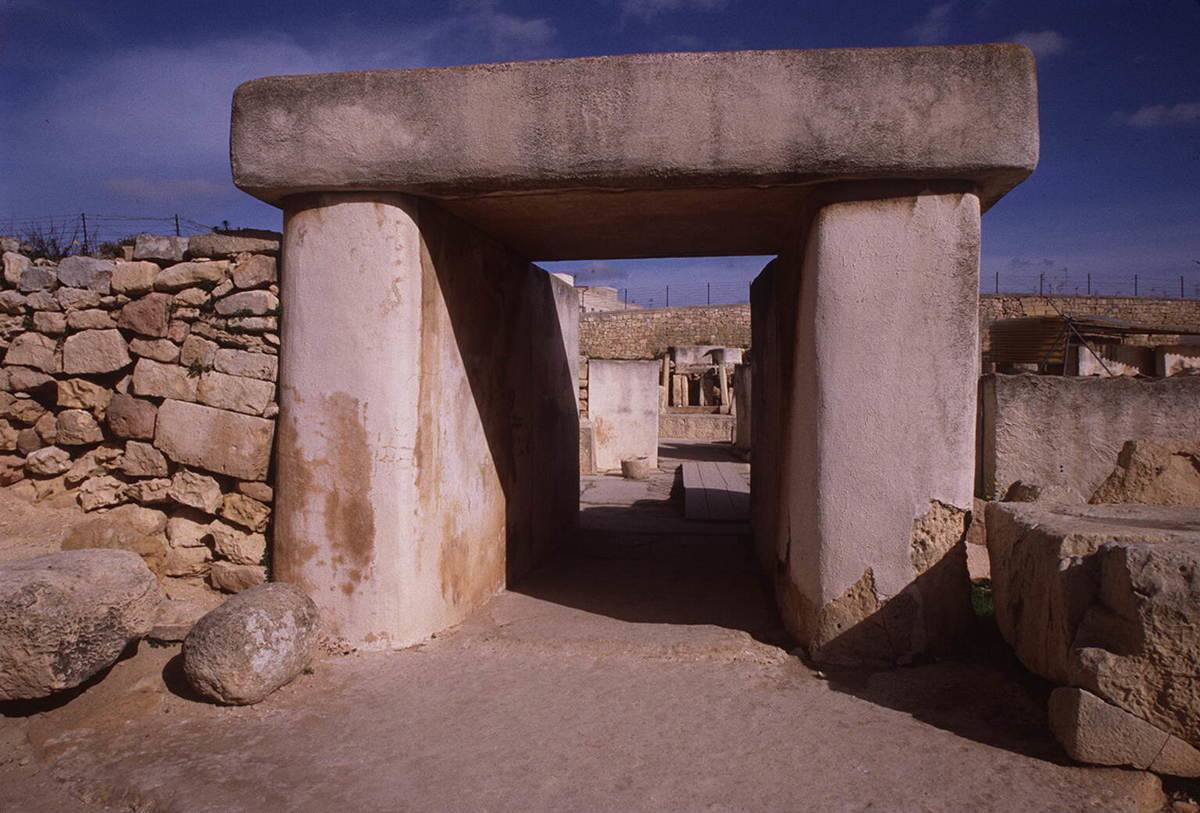
Dating back to approximately 3150 BCE, the Tarxien Temples consist of three separate but attached temple structures. Located in Malta, the temples were used for rituals that likely included animal sacrifices.
It’s Believed That People Stripped Flesh From Dead Bodies In Here
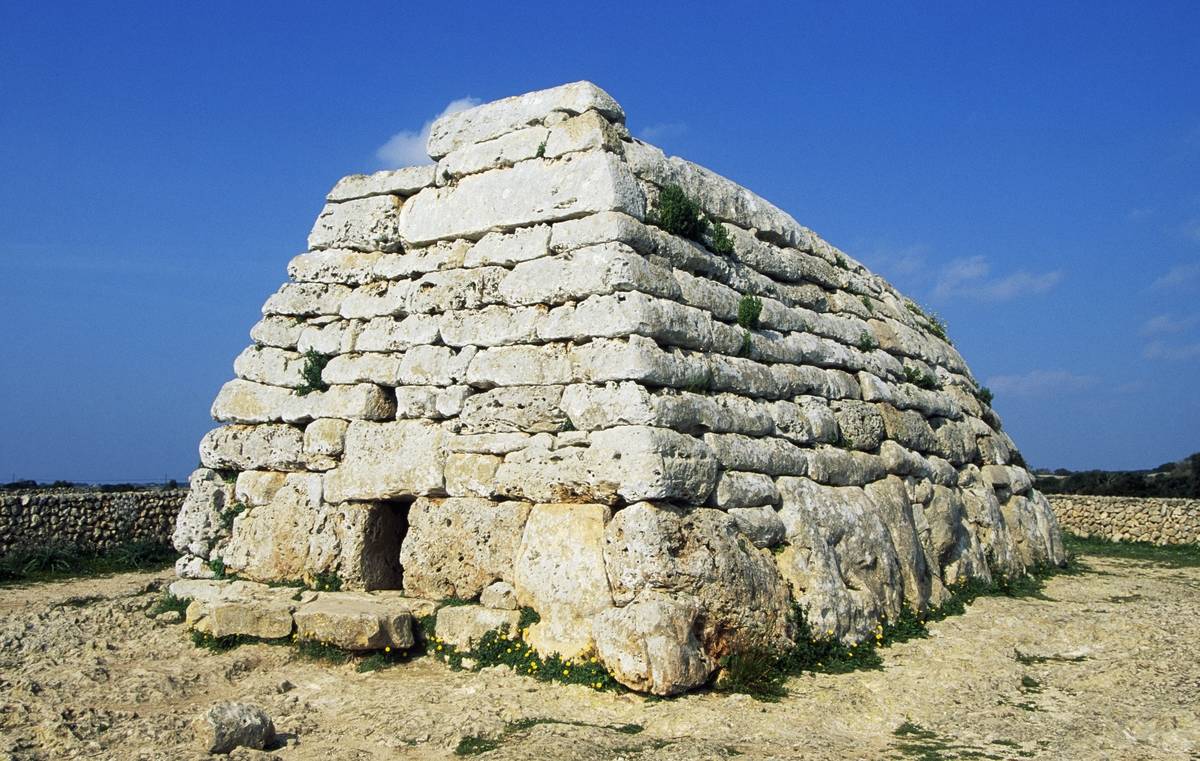
Naveta d’Es Tudons is the most well-preserved funerary naveta in Menorca, Spain. The structure dates back to somewhere between 1600–1400 BCE. It’s believed that the upper level was used for drying out bodies while the lower level was where the stashed bones after they’d removed the flesh from them.
When In Doubt, Build Your Own Army
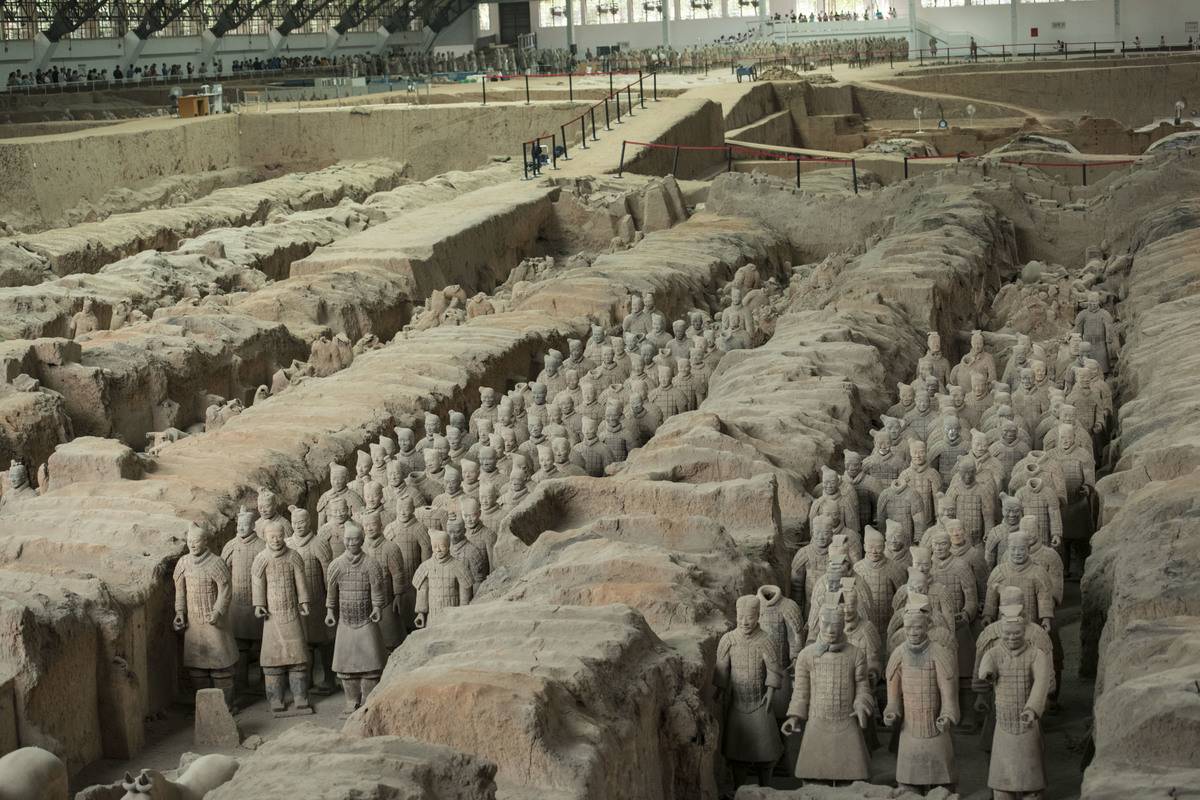
The building for the Mausoleum of the First Qin Emperor isn’t quite as impressive as the Terracotta Warriors that protect it. Made in the Qin Dynasty from 246 BCE to 208 BCE, the figures were made to guard the emperor’s tomb, which still hasn’t been opened.





